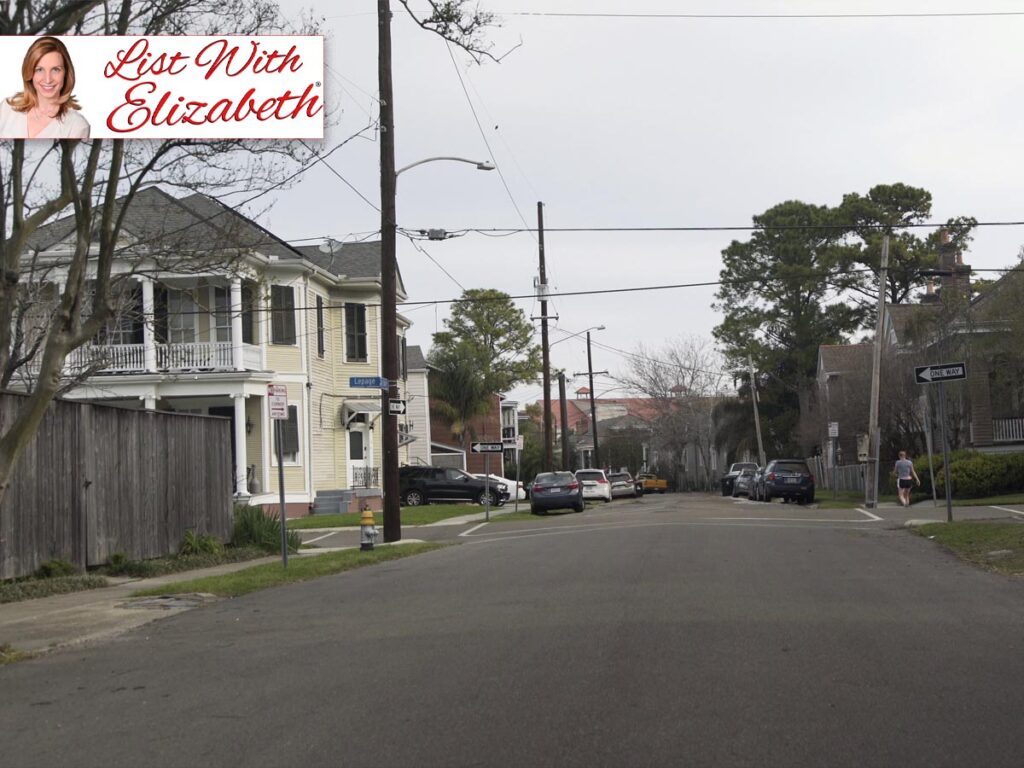What defines historic homes in Northern Virginia? Historic homes in Northern Virginia are residences built over 50 years ago, reflecting architectural styles like Georgian, Victorian, and Colonial Revival. These homes offer buyers a chance to own a piece of history, often located in vibrant, culturally rich neighborhoods.
Why do buyers seek historic homes? Buyers are drawn to these homes for their timeless charm, craftsmanship, and the sense of connection to past eras. Additionally, historic homes often provide a unique identity within established communities.
Key considerations for buyers of historic homes? Prospective buyers should evaluate maintenance requirements, local zoning laws, and financing options. Balancing passion for history with practical challenges ensures a successful purchase.
2. Characteristics of Historic Homes in Northern Virginia
What are common architectural styles of historic homes in Northern Virginia? Historic homes in this region often showcase:
- Georgian architecture: Symmetrical designs, brick facades, and decorative moldings.
- Victorian homes: Intricate woodwork, steep roofs, and bay windows.
- Colonial Revival: Centered entrances, multi-paned windows, and classical details.
How old are these homes, and what construction features stand out? Most historic homes were built between the late 18th and early 20th centuries. They often include:
- Hand-hewn wood beams
- Plaster walls
- Wide-plank hardwood floors
- Masonry chimneys and fireplaces
What makes historic homes in Northern Virginia unique? These homes often preserve distinctive features like:
- Slate or copper roofs
- Hand-carved staircases
- Wrought iron railings
- Original stained glass windows
3. Benefits of Buying a Historic Home
Why do buyers value historic homes? Historic homes offer:
- Cultural significance: They connect owners to the region’s rich history.
- Aesthetic value: Unique craftsmanship and architectural beauty appeal to enthusiasts.
- Investment potential: Well-maintained historic properties often appreciate in value.
How does ownership support historical preservation? Purchasing and restoring a historic home contributes to:
- Maintaining the character of older neighborhoods
- Protecting architectural history
- Promoting community pride
Are there additional perks for owners? Buyers may access local tax credits and grants for restoration efforts, making historic homes financially attractive.
4. Challenges of Owning a Historic Home
What maintenance challenges do historic homes pose? Owning a historic home often requires:
- Specialized materials and techniques for repairs
- Higher costs for preservation-compatible updates
- Regular inspections to maintain structural integrity
What are zoning and preservation restrictions? Owners may face:
- Limitations on exterior modifications
- Compliance with local historic district regulations
- Restrictions on using modern materials
Are there financial implications? Expect higher:
- Insurance premiums due to the unique risks
- Costs for renovations that meet preservation standards
5. What to Look for When Buying a Historic Home
What are the most critical structural considerations? Evaluate the home’s:
- Foundation stability: Check for cracks or shifting.
- Roof condition: Assess for leaks or damaged materials.
- Plumbing and electrical systems: Ensure they meet modern safety standards.
How important is the renovation history? Review the following:
- Permit records: Ensure past renovations comply with local regulations.
- Work quality: Verify if updates preserve historical integrity.
What role do local preservation guidelines play? Buyers should familiarize themselves with:
- Required permits for modifications.
- Design standards for repairs and restorations.
- Local preservation office resources for guidance.
6. Financing and Insuring Historic Homes
What loan programs are available for historic homes? Several options support buyers:
- Federal Housing Administration (FHA) 203(k) loans: For purchase and renovation.
- Historic preservation grants: Available in some areas.
- Conventional loans with renovation riders: For combining costs.
What insurance factors are unique to historic homes? Consider the following:
- Replacement value coverage: Ensures authentic materials are used in repairs.
- Specialized policies: Cover unique risks, such as antique features.
- Historic home endorsements: Protect specific architectural elements.
Are there tax incentives for restoration? Homeowners may benefit from:
- Federal Rehabilitation Tax Credit: Up to 20% for approved renovations.
- State and local credits: Offered in some areas for preservation projects.
7. Steps to Ensure a Smooth Buying Process
What professionals should buyers involve?
- Specialized inspectors: Evaluate structural and historical aspects.
- Preservation consultants: Provide insights on regulations and grants.
- Real estate agents: Experienced in historic properties.
How can buyers negotiate effectively? Strategies include:
- Using inspection results to adjust the price.
- Requesting seller contributions for critical repairs.
- Exploring seller disclosures about past renovations.
What due diligence is crucial?
- Researching local historic district rules.
- Confirming zoning allowances for intended uses.
- Understanding ongoing maintenance obligations.
8. Top Historic Neighborhoods in Northern Virginia
What are notable areas for historic homes?
- Alexandria: Known for its Colonial-era townhouses and cobblestone streets.
- Arlington: Features Craftsman bungalows and mid-century modern homes.
- Fairfax: Offers historic farmhouses and Victorian mansions.
Why are these neighborhoods appealing? These areas provide:
- Proximity to cultural landmarks and urban centers.
- Active community efforts to preserve local history.
- A mix of residential charm and historical significance.
Conclusion
What should buyers take away when considering historic homes in Northern Virginia? Historic homes provide a blend of architectural beauty, cultural significance, and investment potential. However, owning such a property requires commitment to maintenance, an understanding of preservation laws, and careful financial planning.
Why are these homes worth the effort? The charm and character of a historic home often outweigh the challenges. Buyers not only gain a unique living space but also contribute to preserving the region’s rich heritage, fostering a sense of pride and connection to the past.
What is the first step for interested buyers? Start by exploring historic neighborhoods, consulting with specialists in historic properties, and researching financing options tailored to preservation. With preparation, purchasing a historic home can be a rewarding journey that connects history with modern living.



Leave a Reply